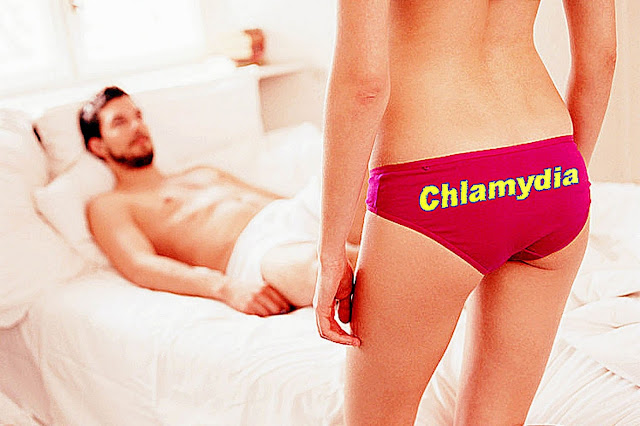- Dysuria
- Painful intercourse
- Vaginal discharge or itching
- Rectal pain
- Pelvic pain
How is Chlamydia Diagnosed?
If the doctor suspects Chlamydia, he/she will obtain- History: usually there is history of recent unprotected sex
- Physical: often penile or vaginal discharge is present
- Lab tests: either by urine sample or by genital swab, there are accurate tests that can confirm or rule out chlamydia
How is Chlamydia Treated
The primary method of treatment for chlamydia includes appropriate antibiotic treatment. The most common antibiotics prescribed are:- Azithromycin
- Tetracyclines, such as doxycycline
- Erythromycin
Prognosis for Chlamydia
Early antibiotic treatment is generally successful and tends to prevent the development of long-term complications. Untreated infection, however, may lead to pelvic or prostatic infections, scarring, and ultimately infertility. If you suspect that you might have Chlamydia, it is highly advisable that you see your physician to get a thorough evaluation.Prevention of Chlamydia
According to the CDC, the surest way to avoid transmission of STDs is to abstain from sexual contact, or to be in a long-term mutually monogamous relationship with a partner who has been tested and is known to be uninfected.Latex male condoms, when used consistently and correctly, can reduce the risk of transmission of chlamydia.
CDC recommends yearly chlamydia testing of all sexually active women age 25 or younger, older women with risk factors for chlamydial infections (those who have a new sex partner or multiple sex partners), and all pregnant women. An appropriate sexual risk assessment by a health care provider should always be conducted and may indicate more frequent screening for some women.
